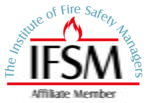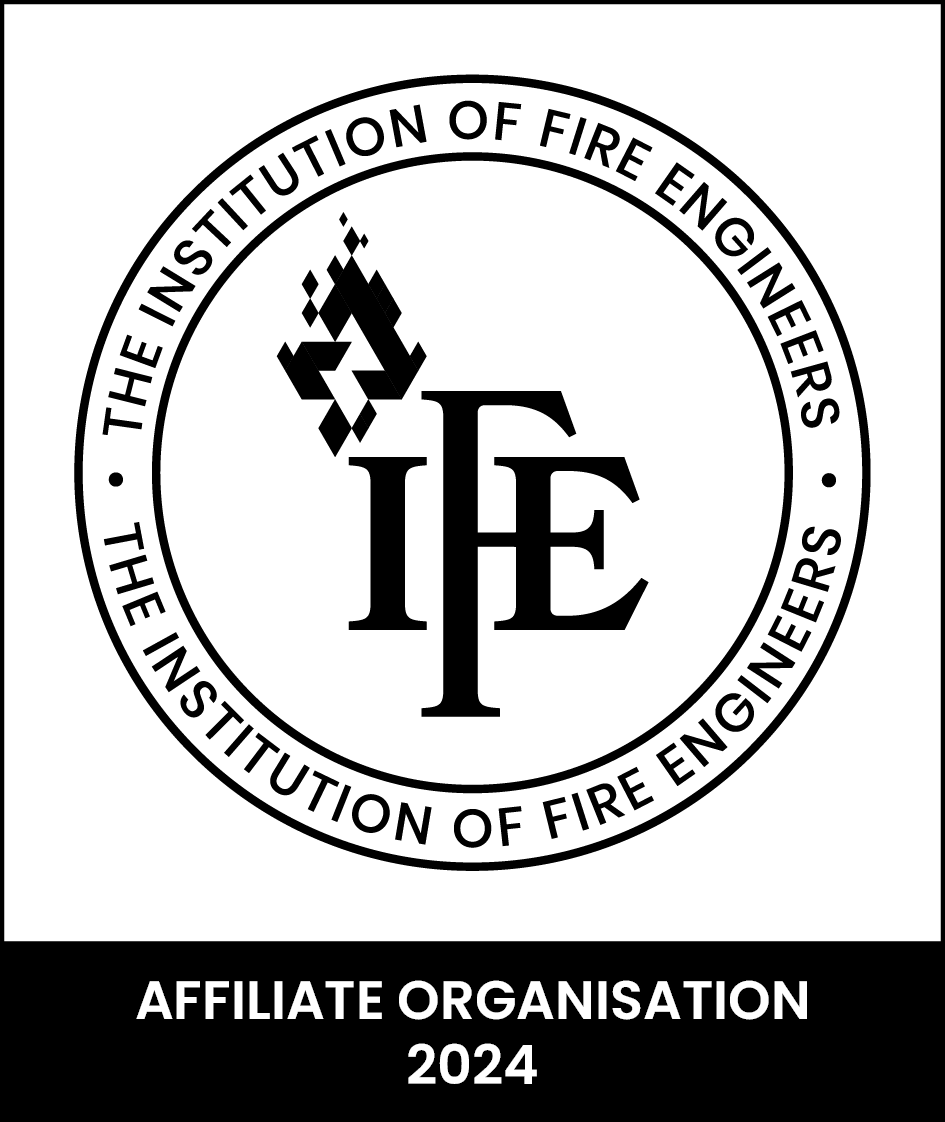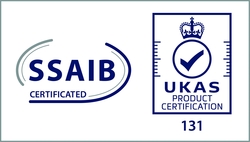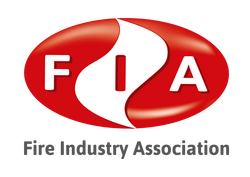Do you know who is responsible for completing the fire risk assessment for your building, and can you do your own?
In short – If you are the owner, occupier, or have significant control of a building, or part of a building, you are responsible for fire safety.
The legislation for fire safety in the UK is called The Regulatory Reform Fire Safety Order (known as the RRO), this came into power in 2006 and is enforced by the fire service. This law applies to all non-domestic premises such as offices, shops, warehousing, blocks of flats, HMOs, care homes, schools and so on.
All buildings must have:
- An up to date fire risk assessment (which is ‘suitable and sufficient’ and carried out by a competent person).
- Suitable means of warning for fire, such as detectors and alarms
- Suitable fire-fighting equipment such as fire extinguishers
- Clearly signed and illuminated emergency exits
- Fire provisions maintained in good working order
Who should carry out a fire risk assessment, can I do my own?
The short answer is ‘Yes – you can perform your own fire risk assessment’, nothing is stopping you from using an online template and filling out the fields to describe your building, how it’s used, and any risks you can identify from the limited knowledge you have. You could even do your own research, perhaps even attend a fire safety course. This may have been acceptable before 2005, however, since then the requirements and laws for fire safety have become much more strict and things have changed significantly.
Remember, The Regulatory Reform (Fire Safety) Order 2005 – brought in the requirement for a suitable and sufficient fire risk assessment to be carried out for all non-domestic premises. The words ‘suitable and sufficient’ when used in law, were certainly brought under scrutiny, but the definition has since been made very clear:
A competent person should carry out a suitable and sufficient fire risk assessment.
‘Competent’ can be defined as somebody with sufficient training, qualifications, experience and attitude. A competent person must have received specific training about fire risk assessments, they must have some form of qualification to back that up, experience in assessing your type of building, and the correct attitude to ensure they’re able to communicate the findings effectively. All of the above can be achieved for your fire risk assessment by using external assessors.
The advantages of using external and accredited fire safety consultants are numerous:
- Knowledge of the latest fire regulations and legislation
- Access to a competent person
- Saving time and money
- Offset liability – reduce the risk of prosecution if something is missed by doing it yourself
- Guaranteed provision of a suitable and sufficient assessment
- Responsibility for the provision of a compliant assessment lies with the external consultancy
Given the recent events of Grenfell Tower, and other related fire safety disasters, now is not the time to be taking shortcuts. The importance of getting fire safety right the first time has only been emphasised and the consequences of getting it wrong have been discovered. It is for these reasons that you must employ a competent person to conduct your fire risk assessment, or at least allow them to advise you, as the consequences can be catastrophic. The latest fire legislation introduced means that unlimited fines can be handed out, and even prison sentences for fire risk assessors who deliver reports that are not suitable nor sufficient.
 Pyro Fire Services are third-party accredited to provide fire risk assessments, as a BAFE SP205 Certificated Organisation
Pyro Fire Services are third-party accredited to provide fire risk assessments, as a BAFE SP205 Certificated Organisation
We undergo an annual audit with BAFE, this means our systems, reports, company and assessors are independently assessed and audited to ensure we meet the requirements of the BAFE life safety fire risk assessment competency scheme.
Third-party accreditation is a fantastic way to ensure you’re using a competent person, without having to undergo the due diligence checks yourself.
Every fire risk assessment is provided with a property-specific certificate of conformity to demonstrate the appropriate steps have been taken to provide a suitable and sufficient fire risk assessment as required under The Regulatory Reform (Fire Safety) Order 2005.
Other accreditations and memberships:
- Nationally Accredited Fire Risk Assessors Register – NAFRAR
- The Fire Protection Association
- The Fire Industry Association
- The Institute of Fire Safety Managers
- The Institute of Fire Engineers
- BAFE SP205-1 Certification (awarded by SSAIB)
Our assessors hold other relevant memberships and accreditations available upon request
To see if we can help, fill in the online form or call us on 0330 133 2150 today.
Not sure where to start?
Speak to our teamKey accreditations
We’re on a mission to mitigate risk by pioneering new standards in competence and technology to protect more buildings and people. Maintaining our key accreditations are just one of the ways we do this.

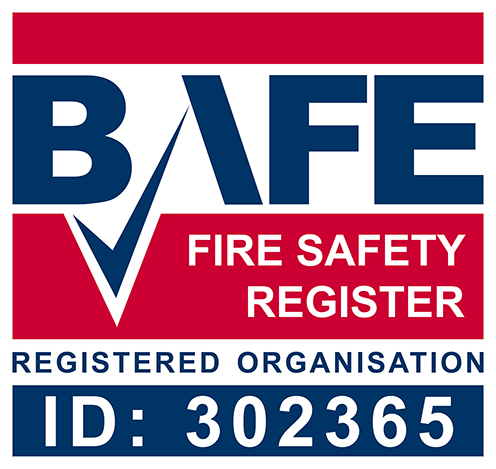 Pyro Fire Services are third-party accredited to provide fire risk assessments, as a BAFE SP205 Certificated Organisation
Pyro Fire Services are third-party accredited to provide fire risk assessments, as a BAFE SP205 Certificated Organisation